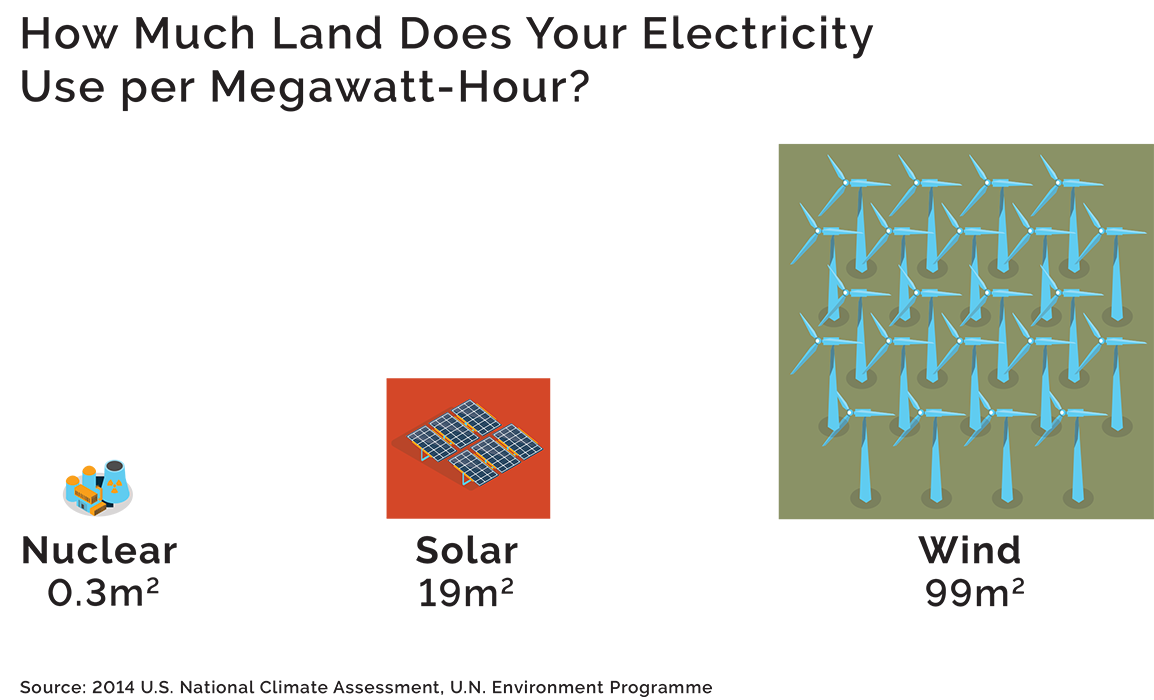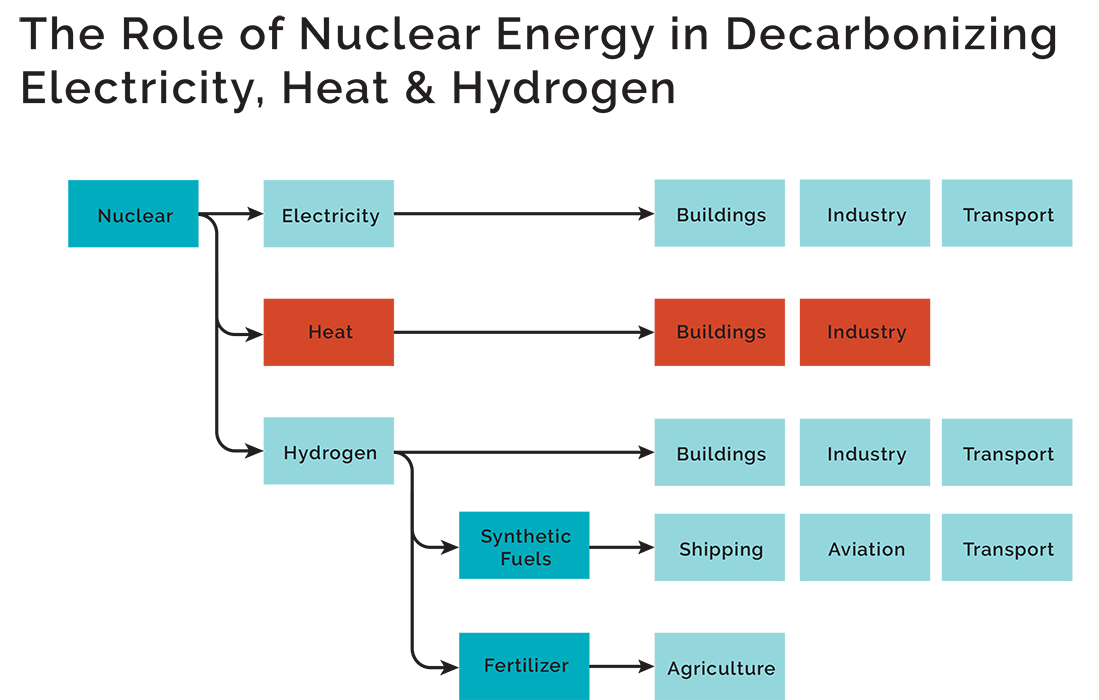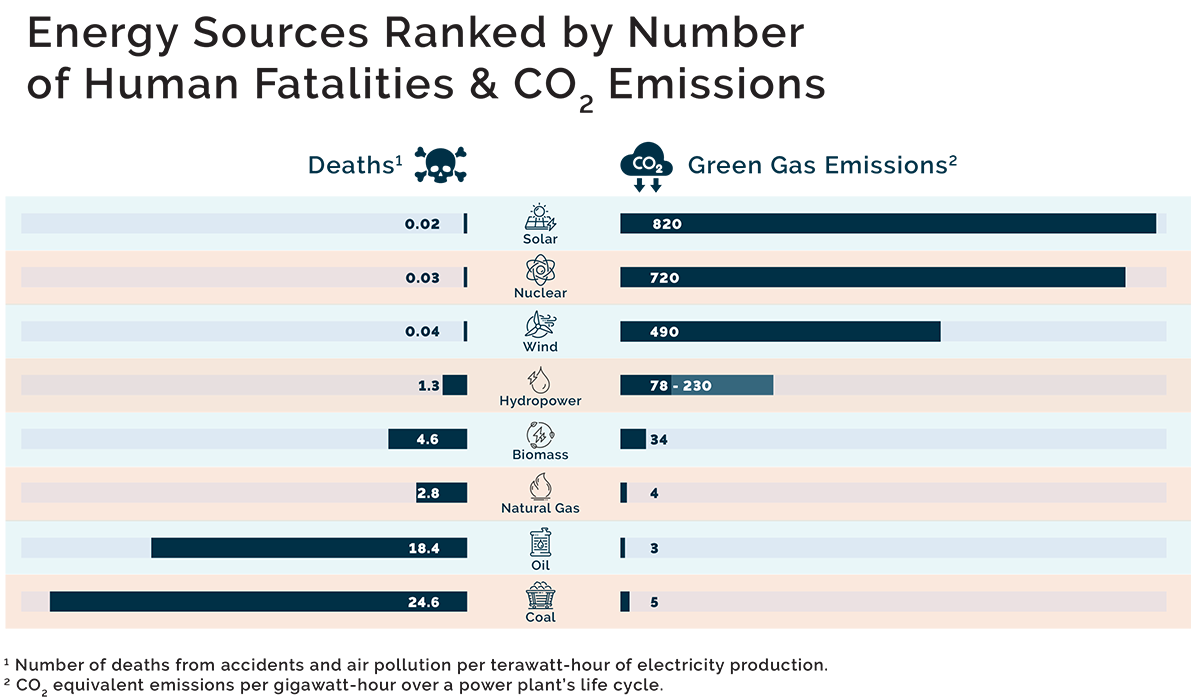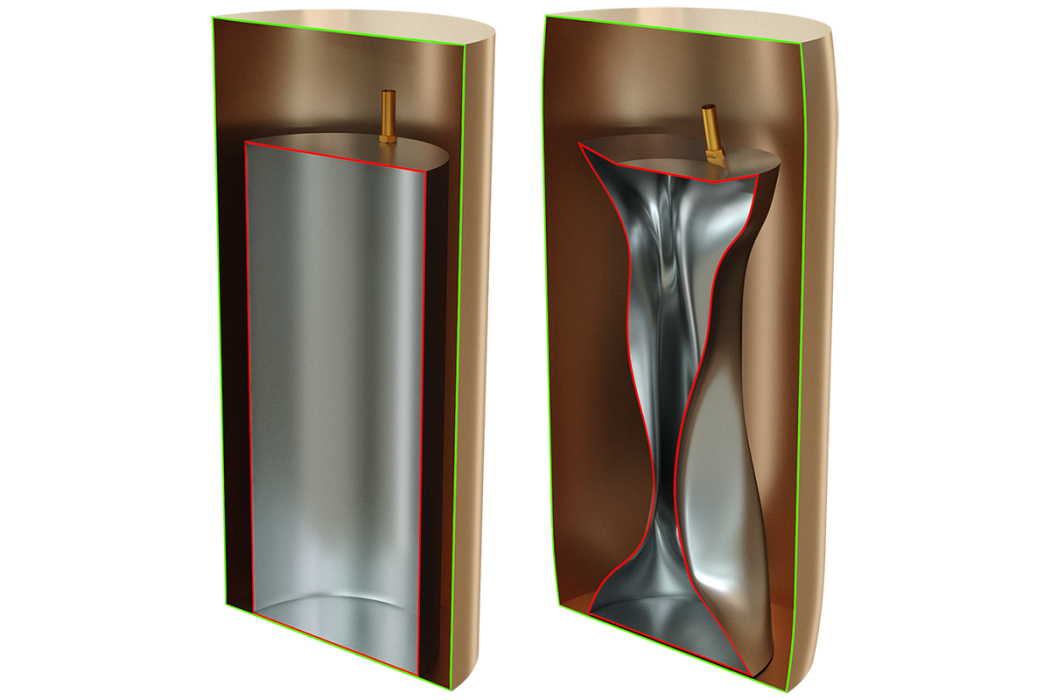
Climate Action: Nuclear Energy

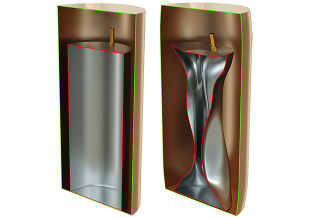
This week in our continuing series showcasing how engineers and scientists can play a key role in addressing the short- and long-term challenges of climate change, our latest blog looks at the nuclear sector and its significance in the energy transition. Producing about the same amount of carbon dioxide per unit of electricity as wind power, and one-third that of solar, it’s no wonder nuclear energy is considered as being vital to achieving net zero.
Nuclear energy, if we do it right, will help us solve our climate goals. That is, get rid of the greenhouse gas emissions without making the electricity system far more expensive or less reliable.
Modern society is becoming more and more dependent on electricity, with demand steadily increasing as transport, domestic heating and industrial processes are increasingly electrified. A recent report produced by the US Department of Energy’s Energy Information Administration (EIA) stated that total energy consumption world-wide will rise by almost 50% by 2040. To achieve this, the world needs to find sustainable solutions to support this growth whilst limiting carbon emissions.
Whilst electricity is clean at the point of use, its generation currently produces more than 40% of all energy-related carbon emissions. Decarbonising the electricity supply, whilst providing affordable and reliable electricity to a growing global population, must be central to any climate change strategy.
Achieving net zero by 2050 is likely to require all the available and capable low-carbon technologies to be deployed at scale and at the earliest opportunity, including nuclear, renewables and gas combined with Carbon Capture and Storage (CCS).
The interest in the nuclear sector is at its highest since the mid-20th century as it looks to take a more prominent role in the future of low carbon energy. It has been shown that global nuclear capacity needs to increase significantly to meet the 2050 objectives whilst still delivering the energy security the world needs. At the recent World Climate Action Summit of the 28th Conference of the Parties to the U.N. Framework Convention on Climate Change, more than 20 countries from four continents launched the Declaration to Triple Nuclear Energy by 2050.
The use of nuclear power has been a key low carbon energy source for more than 60 years, providing clean, reliable and affordable energy at gigawatt-scale facilities. It currently accounts for around 10% of global electricity and, together with renewables, 37% of electricity generation worldwide. However, to achieve our 2050 goals, the energy provided by nuclear needs to at least double.
So, Why Nuclear Power?
Firstly, nuclear is a reliable, clean energy source that complements intermittent renewables. It is the only carbon-free, scalable energy source that’s available 24 hours a day.
Secondly, it has a minimal carbon footprint of around 12−15 grams of CO2 per kilowatt hour (gCO2/KWh), significantly less than that of the average footprint of a gas- or coal-powered generator. Nuclear power plants produce no greenhouse gas emissions during operation. Over the course of its life cycle, nuclear produces about the same amount of carbon dioxide−equivalent emissions per unit of electricity as wind and one-third of the emissions per unit of electricity when compared with solar.
Lastly, it also has the highest energy density of any currently available fuel source. For example, to generate the same amount of electricity as a 1,000-MW reactor, a wind farm would require more than 140,000 acres, which is 170 times the land needed for a nuclear reactor.
However, the benefits of nuclear extend well beyond the provision of low-carbon electricity, making it an attractive option for the decarbonization of industrial activities, particularly steel, cement and chemical manufacturing. Excess energy available when power is not needed can also support the production of hydrogen, which can then be used as an alternative to fossil fuels to facilitate wider decarbonisation of hard-to-abate industries such as manufacturing, as illustrated in the pathways below.
The Challenge
Whilst nuclear is an attractive option to meet the demand for clean, reliable, abundant energy, the stigmas of safety and long-term waste storage remain. Furthermore, with large up-front costs, long lead times and an often-poor record of on-time delivery, nuclear power projects have trouble in some jurisdictions competing against faster-to-install alternatives, such as natural gas or modern renewables.
As a result, we have seen support for nuclear power fade in some countries, such as Germany, increasing reliance on fossil fuels and imported energy sources just as the world requires more low-carbon electricity.
Against common perception, nuclear power remains one of the safest forms of electricity generation. With more than 400 reactors operating for more than 20 years each on average, nuclear power has an excellent safety record, which other electricity generation technologies struggle to match. The death rate from accidents and air pollution resulting from nuclear energy is 0.03 per 1 TWh versus 45.8 per 1 TWh when combining the death rates of coal, oil, and natural gas.
Another common criticism of nuclear power is that it generates waste that stays radioactive for hundreds, if not thousands, of years. While there is truth to this, the amount of waste produced is exceedingly small when compared to the energy generated. In fact, the amount of nuclear waste generated from a lifetime of energy use for the lifetime of one person would fit into a typical soda can!
A Path Forward with New Nuclear
Whilst large-scale nuclear projects have encountered issues with high up-front costs, long lead times and an often-poor record of on-time delivery, the new wave of technologies—Small and Micro Modular Reactors (SMRs and MMRs)—are designed with simplicity and safety in mind.
The small, modular nature of advanced nuclear technologies allows components to be factory-produced and easily transportable. These facilities require less on-site work, making them quicker to build and less expensive than traditional designs—drastically reducing up-front costs for plant construction. Their passively safe nature means that they do not require any active intervention on the part of the operator or electrical/electronic feedback to bring the reactor to a safe shutdown state in an emergency. Consequently, they don’t need the engineered, redundant, active safety systems that add so much cost to conventional nuclear power.
The simple and compact design of these technologies means that end users will have more options to utilize nuclear solutions. This includes locations unable to support large reactors, in addition to powering smaller electrical markets and grids, isolated areas and sites with limited water. These technologies are also compatible with the harshest climates.
Like batteries, these technologies can be scaled up or down to meet energy demands and help power areas where larger plants are not needed. Multiple advanced SMRs/MMRs can power communities in remote areas, large industrial sites and cities. The modules can be combined in different ways for different sites and needs, including integration with renewable micro grids.
And then there is fusion. Fusion has the potential to produce energy with near-zero carbon emissions, without creating the radioactive waste associated with today's nuclear fission reactors. Often seen as a technology of the future, fusion is now becoming more mainstream through projects like SPARC and Helion, which made the world’s first purchase agreement with Microsoft to deliver electricity produced from nuclear fusion energy.
Institutions of higher education such as the University of Illinois at Urbana-Champaign, Penn State and Purdue University continue to research the potential benefits of advanced nuclear to ascertain how they can meet their campus community’s long- term needs.
Elsewhere, advanced reactors are being used reinvigorate older energy industries globally into future energy industries—the siting of the new United Kingdom Atomic Energy Authority (UKAEA) Spherical Tokomak Fusion Reactor (STEP), to be built at West Burton, the site of a former coal fired power station, is a prime example of this.
Whilst nuclear is not a singular solution, it has a critical part to play in the energy transition required to achieve our climate change objectives. This technology, which is well established and has proven it can provide reliable and flexible power, can generate gigawatts of base load energy with lower lifetime CO2 emissions than renewables. Additionally, it is one of the few zero-carbon options that works for high-temperature industrial processes, such as steel or cement production. The benefits for nuclear are far reaching: We should embrace the technology rather than shy away.
Thornton Tomasetti has been supporting the nuclear sector since the mid-1950s. We have helped our clients transform contaminated sites into safe places, support storage assessments to optimize long-term disposal of spent nuclear fuel and investigate new and novel techniques to reduce waste volumes —all whilst ensuring that the sites are safe and secure.
Using this experience, we have assisted developers of advanced nuclear technologies to ensure that the lessons learned from previous designs are incorporated to reduce risk and improve safety. We are currently supporting technology providers across the full range of nuclear solutions, from traditional reactors to advanced reactor technologies working on first-of-a-kind fission and fusion projects in the U.K. and U.S. This support also includes supporting early- to mid-stage advanced reactor projects that include fusion, SMR and other advanced nuclear technologies—each with the potential to revolutionize localized energy production.
Climate change is one of the biggest challenges facing our society. And because it affects everyone, it demands our creativity, passion and collaboration to build a better, more enduring world. See how Thornton Tomasetti is one of the only firms with the expertise to help you think holistically about a range of steps to address climate change.










